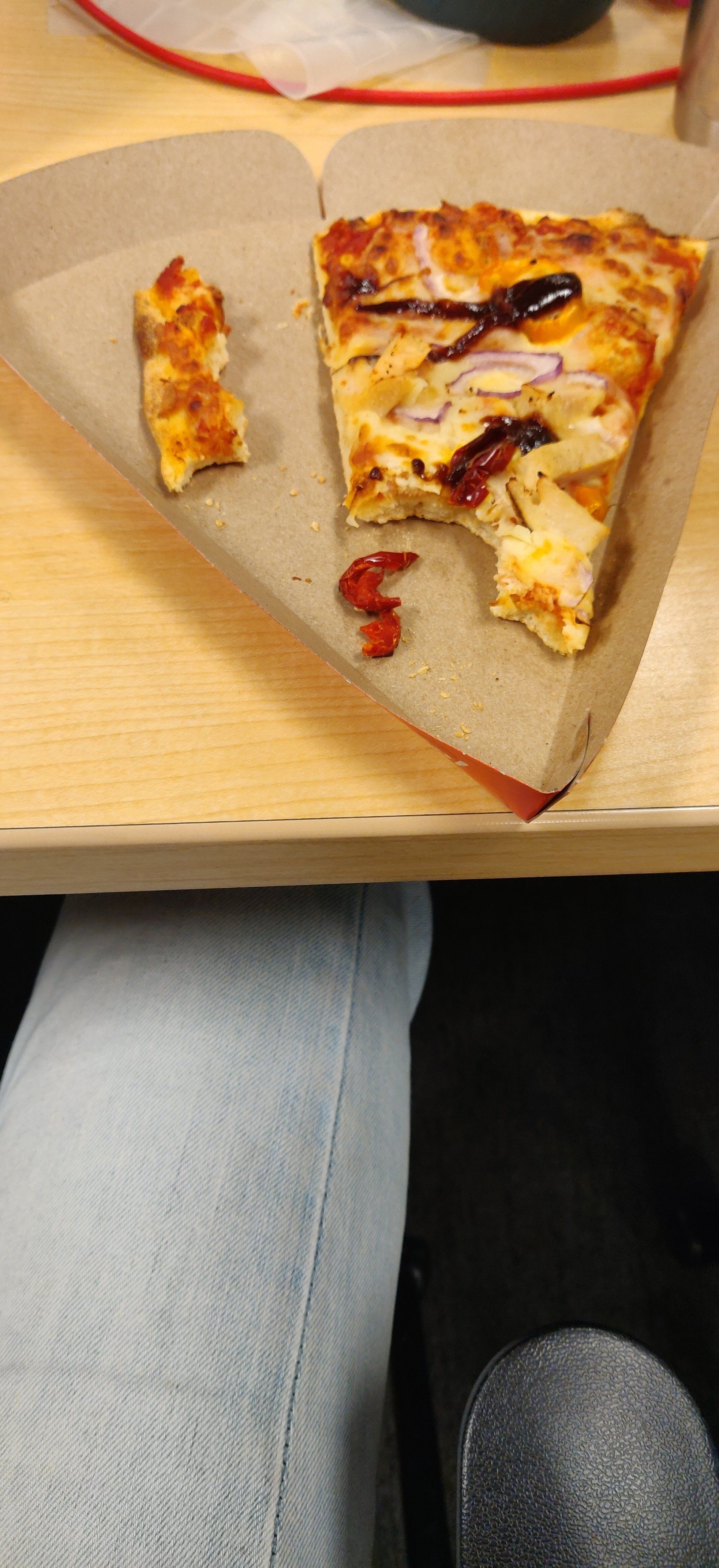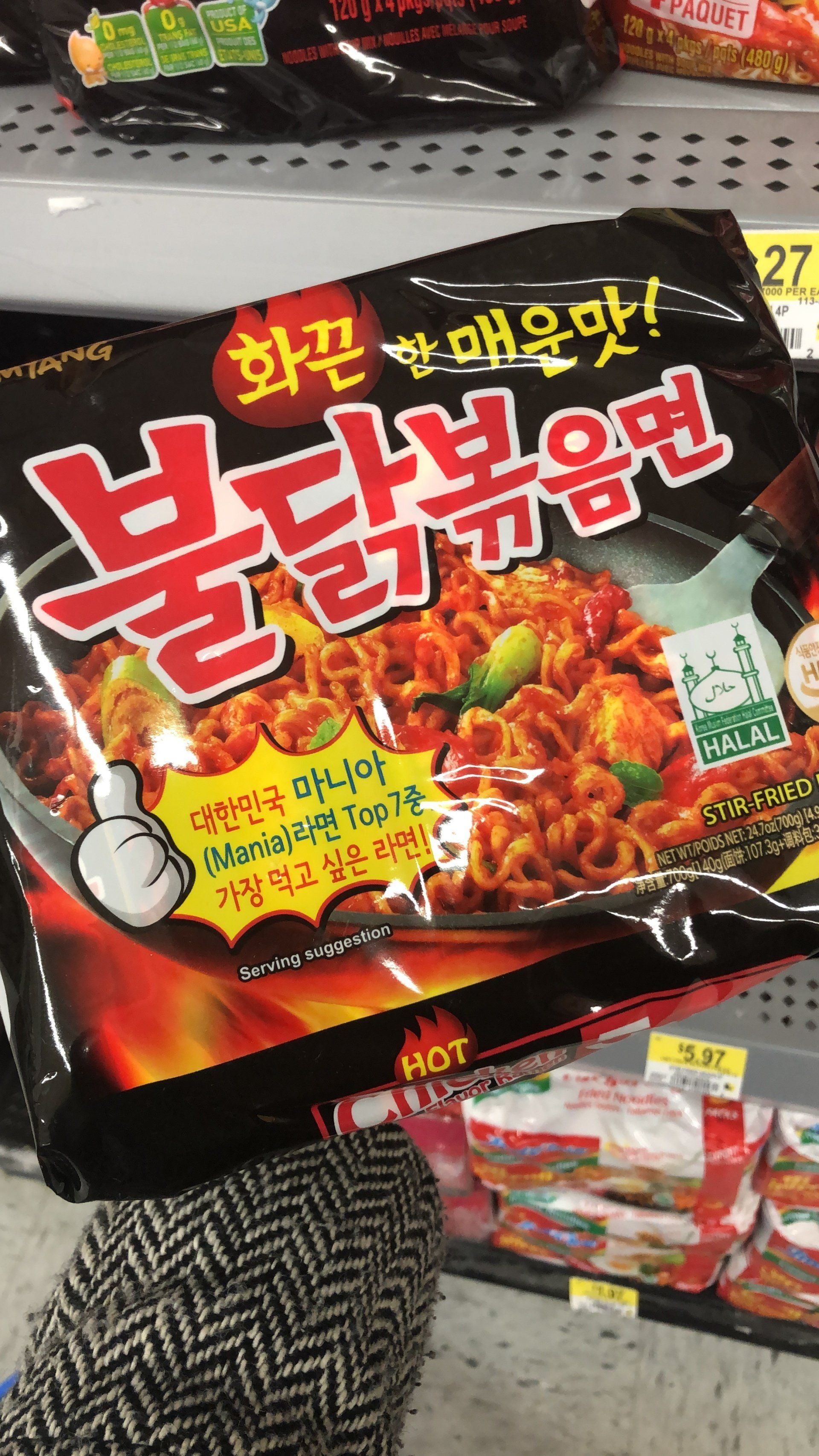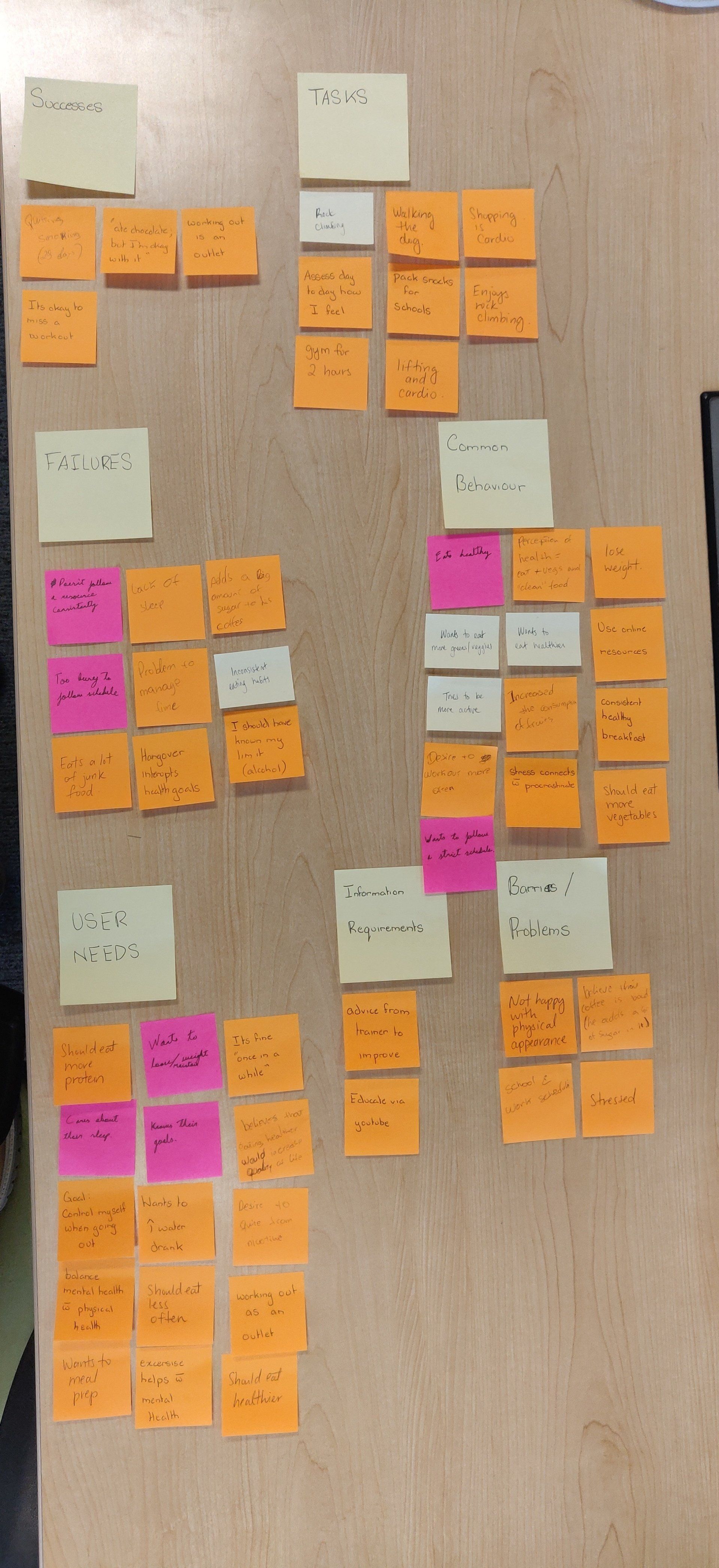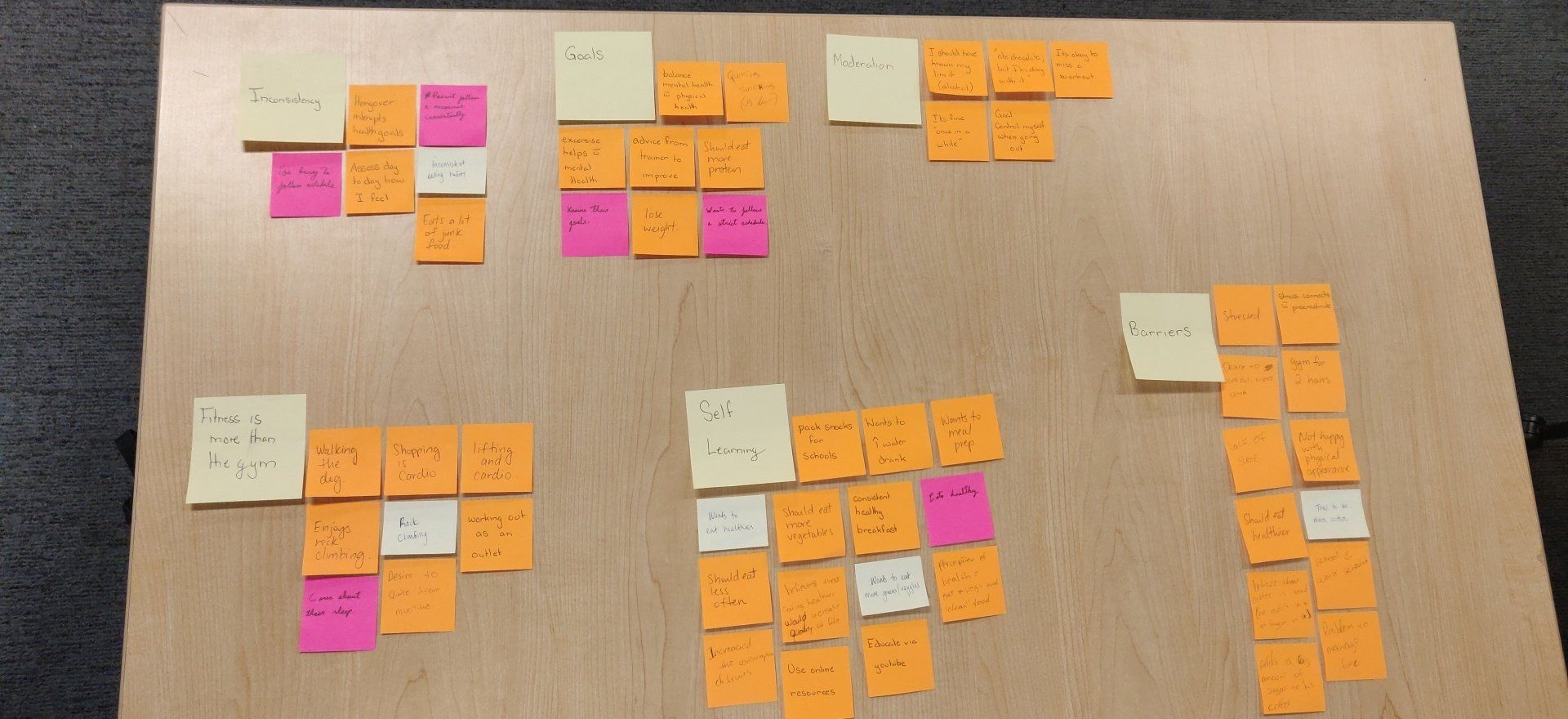Introduction to the UTM Nature Trail
This independent research project was funded by the University of Toronto (UofT). This project was conducted to enhance the experience for users at the UTM Nature Trail by studying various singing insects (grasshoppers, crickets, and katydids), pinpointing their location on the trail, and determining the approximate time of day and month the insects would be out/singing. UofT wanted to the users of the UTM Nature Trail to be able to identify and enjoy the singing insects in the area. Information pamphlets were created based on each singing insect found at the UTM Nature Trail (in addition to other insects in the vicinity).
Date: Summer 2017
Project: UTM Nature Trail
Team: Cassy Latchman
Skills: Researcher; Content Writer; Designer
Project Plan
Scenario
Our agency, Peach Fuzz, was contracted by a local gym to broaden and enhance their customer experience by understanding the fitness/wellness lifestyle of members in their community. We were hired to analyze the daily habits of people aged 20 to 30 years old in the GTA area to see how they plan and prepare for their fitness/wellness goals. We looked at the daily choices that individuals made in order to improve their own personal health. We also looked into how our participants’ journey may differ from other participants.
Research Question
What actions do individuals take in order to implement their fitness plan?
Diary Study Prompt
We asked participants to submit one or two entries a day regarding their health and wellness activities.
Initially, we asked our potential participants screener questions to make sure that they are suitable for our study. All of the participants that we questioned were suitable for the study since they all fit our participant profile of being 20 to 30 years old and engaging in physical activity at least once a week.
After we asked the screener questions, we had the participants answer the following questions:
- What have you done today to better your health?
- If you could have done something different today to feel healthier, what would it be?
- What did you eat today? Did it help you achieve your nutrition goals for the day?
- Are you using any additional resources to steer your journey?
- What would you like to improve on in regards to your overall health? What would you do to implement these changes?
Diary Study Format
Participant entries were documented using the application “Slack”, via desktop or mobile responses*. This was used as a forum for group organization and a platform for submitting responses.
*If participants were unable to use Slack, then an alternative form of communication was established with the participant.
Participant Instructions
The instructions that were sent to the participants can be seen below:
- The study will run from December 4th, 2019 to December 10th, 2019.
- Participants will submit one to two entries per day. Submitting an entry in the morning is optional, but submitting an entry in the evening (approximately 6:00 pm – 9:00 pm) is mandatory. Optional: Participants will submit one to two pictures that relate to their fitness journey.
- All participants will be paired with one group facilitator. The facilitator will be responsible for the submissions that their individual makes, as well as, providing support and clarification if needed.
- Submissions will be made via a direct message to their respective facilitator on Slack. This will be done to maximize response privacy and foster more personal and honest reflections.
Review Plan
The research plan was reviewed by two peer classmates and one instructor. They reviewed the document and made their suggestions. Awkward phrasing was noted down and edited.
Roles and Responsibilities
Each group member was paired with a specific participant. This group member was responsible for managing of their respective participants, as well as, providing clarity, support, and feedback if required.
Running the Study and Collecting Data
Instructions Sent to Participants
Group members met with their respective participants to explain the process of the diary study. All questions were answered and additional feedback was communicated through Slack. This was done during the first week of December (the date and time varied based on each individual meeting). The participants consented to the study during that time and signed consent forms.
Track Data Coming In
Notes were made by each group member and they directed these notes towards their respective participants. Information was catalogued and prepared for analysis (in the later phase). If there were complications with the submissions, participants were contacted and issues were mediated.
Contact Participants (If Needed)
Participants were contacted to remind them to post their responses and to add clarification if needed.
Note: The above pictures were submitted by the participants in the study.
Synthesizing Data
The team organized and synthesized the participant’s responses to remove irrelevant data and personal identifying information. The main points and information that stood out to the team were written on sticky notes.
These sticky notes were organized into the following categories:
- Successes
- Tasks
- Failures
- Common behaviour
- User needs
- Information requirements
- Barriers/problems
Peach Fuzz decided to create a few affinity diagrams. The team looked into identifying patterns between participants and used those categories as a guide to sort the information. The sticky notes were sorted again into clusters and themes were written for each cluster based on what information was written on each sticky note.
Themes
After completing the affinity diagramming activity, the team came up with the following themes based on the participants’ responses:
Goals: These responses involved the “wants” of the users. Goals of “losing weight” or “eating healthier” were common among the participants, which were used as milestones. These were the thoughts that they had in mind based on their current fitness status.
Self-Learning: These responses were more evident amongst the participants. These answers involved the actions that users would take to meet their personal goals. Actions could include preliminary activities or possibly ideas that they were made aware of to help achieve those desires.
Inconsistency: We decided to conduct the study over a period of a week to gather a more holistic set of data from our participants. Having the study run over the week allowed our team to understand the habits and routines of our participants. We found that some users had difficulties maintaining a healthier lifestyle, which is likely due to their busy schedules.
Barriers: Actions or instances, which inhibit the user from reaching their goals are seen as barriers. These may be physical, emotional, or environmental stressors that make it difficult for a participant to complete a task.
Moderation: A common theme between our participants were the awareness of fitness being relative to their individual lifestyles. Appreciating indulgences in moderation was important to them in order to maintain a balance in their fitness journey.
Alternative Healthy Living: Given the busy nature of our participants, the theme of finding alternative methods to stay active was relevant to the outcome of the study. Our participants were able to find ways to get around the traditional ideas of being “healthy” through other activities that were more fitting to their lifestyles.
Reflection and Conclusion
Finishing our journal study, we realized the aforementioned themes were common to all of our participants. Each of them are key for developing a healthy lifestyle.
Fitness is more than just going to the gym.
Going to the gym only covers the tip of the iceberg (when developing healthy habits towards a sustainable lifestyle). As we communicated with our participants, we saw that the methods that they chose were almost entirely non-gym related (besides one individual). Consistently participating in healthy activities can slowly promote a good fitness routine. Individuals made time to do small tasks like walking their dog, enjoying the outdoors, taking the stairs, and taking the long way around campus to get a little bit of exercise into their daily routines.
Take-Away: It is easier to add smaller, “non-gym” activities that do not force you to go to the gym.
Inconsistency is a slippery slope.
One of the habits that each of our participants made were regular and consistent actions towards health and wellness. Keeping a routine was effective for maintaining healthy choices and creating results. However, when individuals lost their routine, it was harder for them to get back on track.
Take-Away: Do not get hung up on mistakes; just get back to your plan.
Barriers come in many different forms.
Everyone will experience times when keeping up with a healthy lifestyle is tough. These issues can come from anywhere, but in order to address them successfully, we must acknowledge them and find solutions.
Take-Away: Overcoming barriers in order to accomplish your goals is important.
Moderation is a key for success.
Every individual enjoys indulging once in a while. Our participants showed that they would occasionally have small amounts of junk food or alcohol within moderation. This enabled them to develop healthy habits. Since they were technically not denied any items during this study; they were able to consume small amounts of junk food and alcohol without feeling guilty.
Take-Away: Small amounts of junk food and alcohol are fine if consumed in moderation.
Goal setting can be a great place to start.
Having a plan is very important to developing a healthy routine. Writing out goals can lead to success. But goals need to have actions behind them so people can accomplish what they want to accomplish.
Take-Away: Have a goal (write it down to stay on task).
Learning can come in many forms.
Being open to resources directed towards learning is a key part of developing one's own set of rules. However, being positive and selective with your sources is important. Sources can vary, but as long as they convey correct information, it will be useful. Watching youtube videos, reading blogs, seeking trainers and exploring on your own are ways that a person can learn.
Take-Away: Be open to various sources of information.
Concluding Thoughts
Overall, the experience was enlightening in many ways. From this diary study our team learned how to collect and organize data. When we collected data, we realized that we had to tailor the data collection process to each participant. For example, some participants required many reminders in order to answer the questions that we gave them, while other participants did not need any reminders. We were able to synthesize themes from the collected data in order to identify the pain points and needs of our participants. We learned how to empathize with our participants and we gained perspective on their lifestyle choices and habits. We discovered that people have different ideas regarding personal health and that it differs for everyone. For example, one person may feel that they have to work out four days a week to stay healthy, while another person may feel that drinking a lot of water daily is important.






